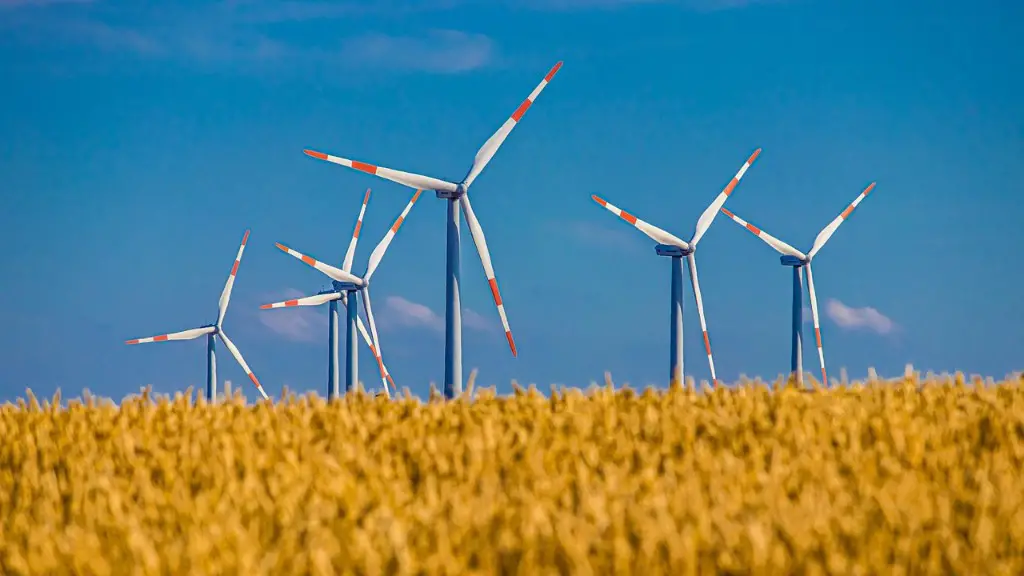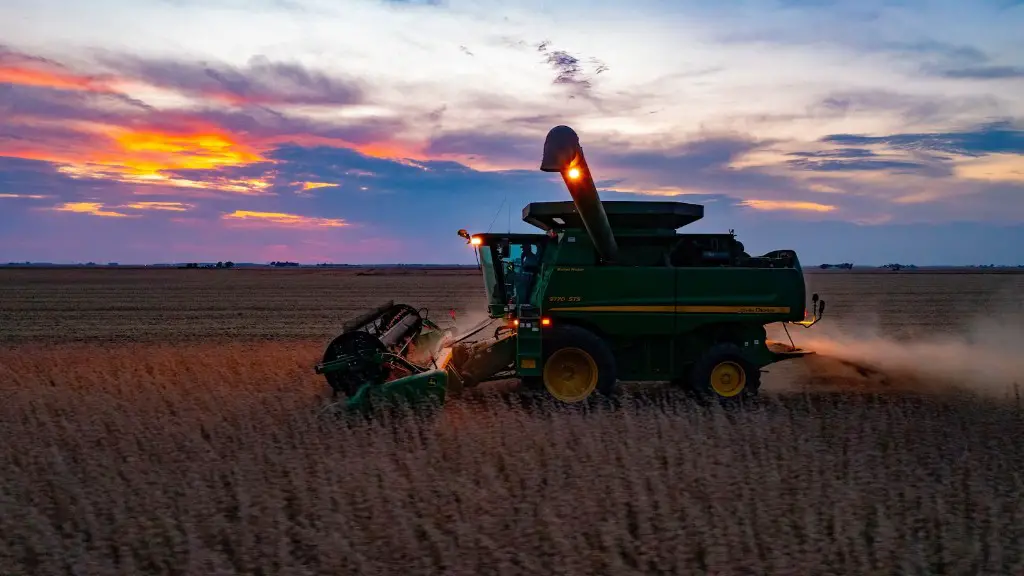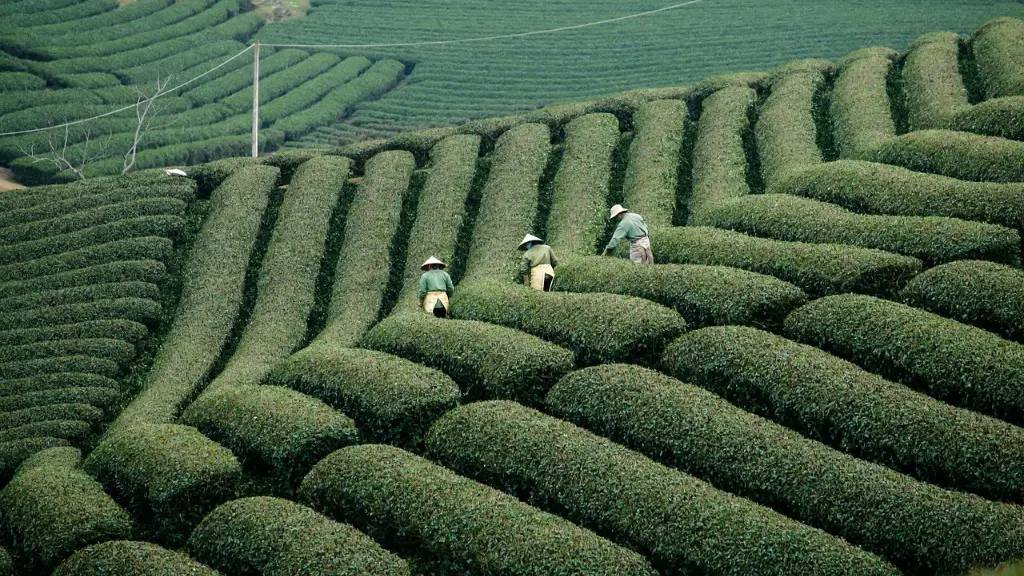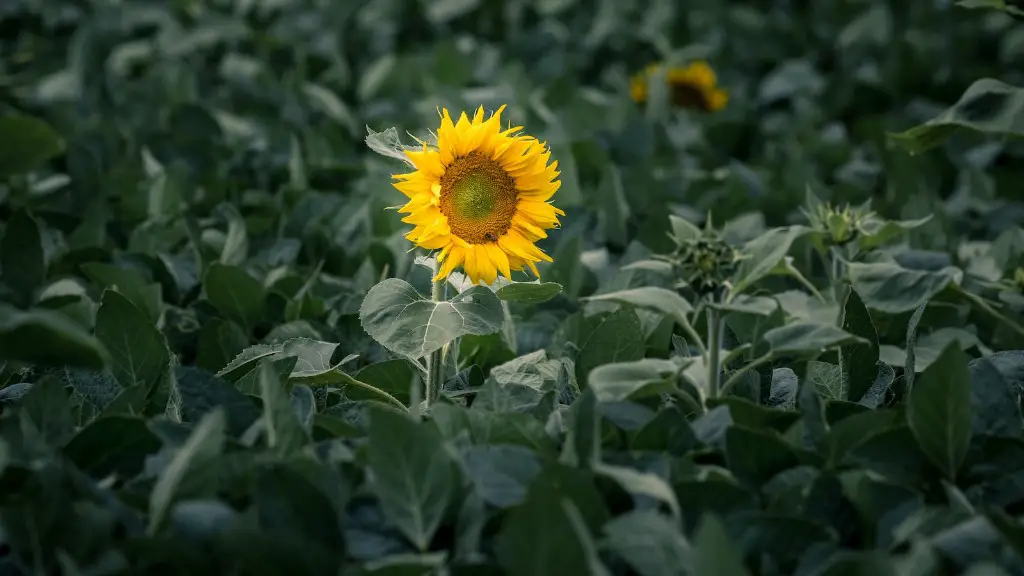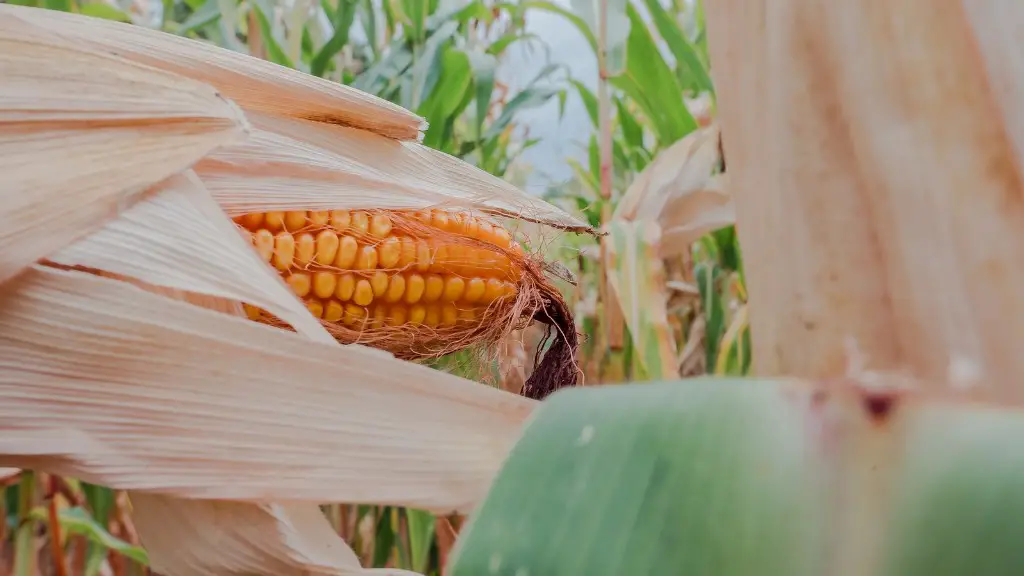Drought can have a major impact on agriculture. When there is not enough water available to plants, they will often wilt and die. This can lead to a decrease in crop yield, and can also make it difficult for farmers to irrigate their fields. In severe cases, drought can also lead to dust storms and wildfires.
Drought can lead to a decrease in the yield of crops and the quality of the produce. In some cases, it can also cause plants to die.
How has the agriculture industry fared during the drought?
The drought in California is having a significant economic impact, with researchers estimating that the state’s irrigated farmland has shrunk by 10% since 2019. This is having a knock-on effect on the agricultural industry and the economy as a whole. The drought is also exacerbating existing problems such as water shortages and wildfires.
Water shortages have led to farmers idling land and using deficit irrigation in order to minimize revenue losses. This has caused economic impacts as farmers have had to adapt to the lack of water by leaving some irrigated cropland unplanted.
How does drought affect which crops will be grown
A major drought can have a significant impact on crop yields and the amount of land farmers are able to plant. Less water and soil moisture means that crops may not be able to grow as well, leading farmers to plant fewer crops or switch to drought-tolerant varieties. This can have a ripple effect on the local economy, as fewer crops may be available for sale or consumption. In some cases, governments may provide assistance to farmers during a drought, such as by providing water or subsidizing irrigation costs.
Drought is a major problem for farmers and can have a significant impact on crop yields. Drought can be caused by a variety of factors, including lack of rainfall, high temperatures, and wind. Agricultural drought can have a devastating impact on crops, resulting in reduced yields and even complete crop failure. Farmers must be prepared to deal with drought conditions by having a plan in place to irrigation, fertilization, and other measures.
How much does drought affect agriculture?
Droughts are a major problem for farmers and ranchers. They can cause reduced crop and pasture yields, crop failures, and scarcity of water supplies. Even with the more advanced technologies and management of recent years, droughts can still be a major issue. Farmers and ranchers need to be prepared for droughts and have a plan in place to deal with them.
Drought is a major problem for many people around the world who rely on agriculture as their main source of income. Drought can halt and reverse gains in food security and poverty reduction, and impede progress towards the Sustainable Development Goals (SDGs). It is therefore essential that we take action to address the causes and effects of drought.
Does drought cause crop failure?
Dry weather can be a major problem for farmers. Prolonged periods of dry weather can damage crops and lead to shortages in the water supply for livestock. This can be a major financial burden for farmers. In order to prevent this, farmers need to be prepared for dry weather conditions. They should have a plan in place to water their crops and provide water for their livestock.
When plants are exposed to drought stress, the immediate response is stomatal closure. Stomatal closure reduces water loss through transpiration but also reduces CO2 and nutrient uptake. This alters metabolic pathways such as photosynthesis.
Do droughts destroy crops
Drought is a major problem for many communities around the world. It can cause crop damage and a shortage of drinking water, which can lead to serious health problems. It is important to be aware of the signs of drought and to take steps to protect your community from its effects.
Drought conditions can have a devastating impact on crops and farmers. Even a brief period of decreased precipitation can result in crop loss, as plants are weakened and become more susceptible to disease and pests. In addition to the direct effects on growth, drought can also lead to water shortages and increased costs for irrigation. With proper planning and management, however, farmers can minimize the impact of drought on their operations.
What are the 5 effects of drought?
Drought can have a significant impact on the environment. Some examples of these impacts include lower water levels in reservoirs and reduced streamflow, as well as increased dust levels and reduced soil quality. Drought can also lead to the death of vegetation and trees.
The effects of drought on different sectors can be significant, depending on how much water is used. For agriculture, the effects are particularly dire as the sector uses about 60% of water resources for irrigation. The secondary and tertiary agricultural sector also requires considerable amounts of water to operate. This can lead to devastating impacts on crop yield and food security. Beyond agriculture, drought can also lead to water shortages for households, industry and other sectors. This can lead to disruptions in daily life, reduce economic activity and can even lead to conflict.
What causes drought in agriculture
Agricultural droughts can have a significant impact on food security and the economy. In many cases, the agricultural sector is the most affected by droughts. Agricultural droughts can occur for various reasons, including low precipitation, the timing of water availability, decreased access to water supplies, or increased water demands from the sector. Responses from the agricultural sector to this type of drought often exacerbate other types of droughts. For example, farmers may pump groundwater to irrigate their crops, which can lead to groundwater depletion and exacerbate water scarcity. Alternatively, farmers may choose to fallow their land, which can lead to soil erosion and degradation. It is therefore important to consider the impacts of agricultural droughts on the whole water cycle when developing drought mitigation and adaptation strategies.
The agricultural drought has been a serious problem for farmers in recent years. Crops have been dying due to the lack of water and it has been difficult to find enough water to meet the demands of the plants. The problem has been exacerbated by the fact that the timing of when water is available has changed, making it even harder for farmers to get the water they need. In addition, decreased access to water supplies has made it even more difficult to irrigate fields. The agricultural drought is a serious problem that is having a detrimental impact on agriculture.
What are 3 economic impacts of drought?
The economic impacts of drought can vary depending on the severity of the drought and the industry involved. Farmers may lose money if a drought destroys their crops, for example. Ranchers may have to spend more money on feed and water for their animals.
Drought is a slow-onset disaster characterized by the lack of precipitation, resulting in a water shortage. Drought can have a serious impact on health, agriculture, economies, energy and the environment.
What are 2 effects of a drought in the land
Drought can have both immediate and long-term impacts on an area. In the short-term, dry vegetation and lowered water levels in lakes and reservoirs can be seen. However, longer-term impacts like land subsidence, seawater intrusion, and damage to ecosystems may not be as obvious, but can be more costly to manage in the future.
Drought can have profound implications for public health. When water sources dry up, people are forced to resort to using water from unsafe sources, which can lead to increased rates of disease. In addition, air quality suffers during drought conditions, as does sanitation and hygiene. This can lead to a host of other problems, such as increased rates of foodborne illness and malnutrition.
Warp Up
A drought is a period of below-average precipitation in a region, resulting in prolonged shortages in the water supply. Drought can have a significant impact on agriculture. Crops and pasture may suffer from lack of water, leading to reduced yields or even failure. Soil can become dried out and hard, making it difficult for seeds to germinate. Lack of water can also stress plants, making them more susceptible to insect damage and disease. In extreme cases, drought can lead to widespread famine.
Drought conditions can severely limit or stop agricultural production. lack of water means that crops cannot be grown, and livestock cannot be properly watered. This can lead to widespread famine and malnutrition.
